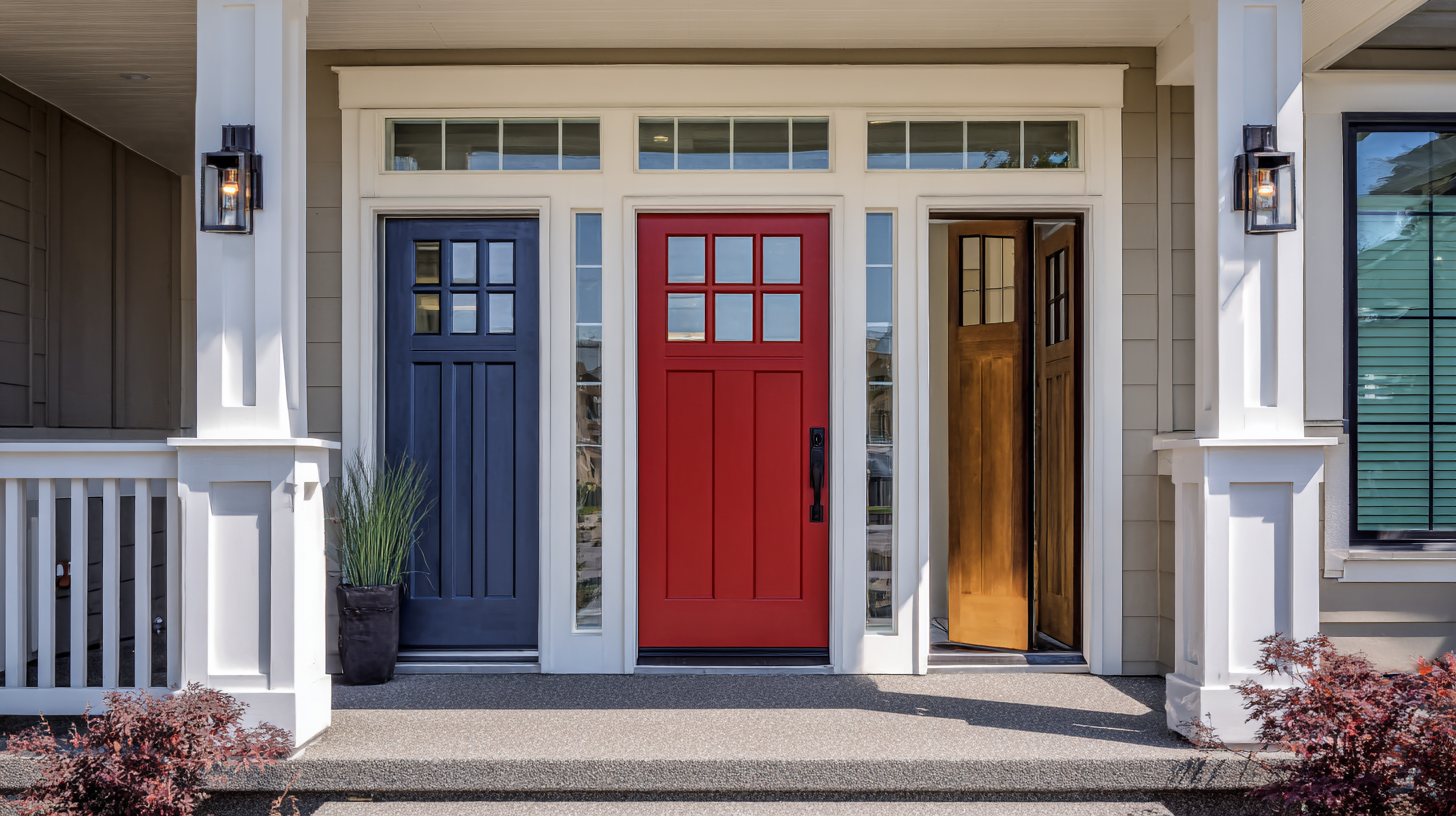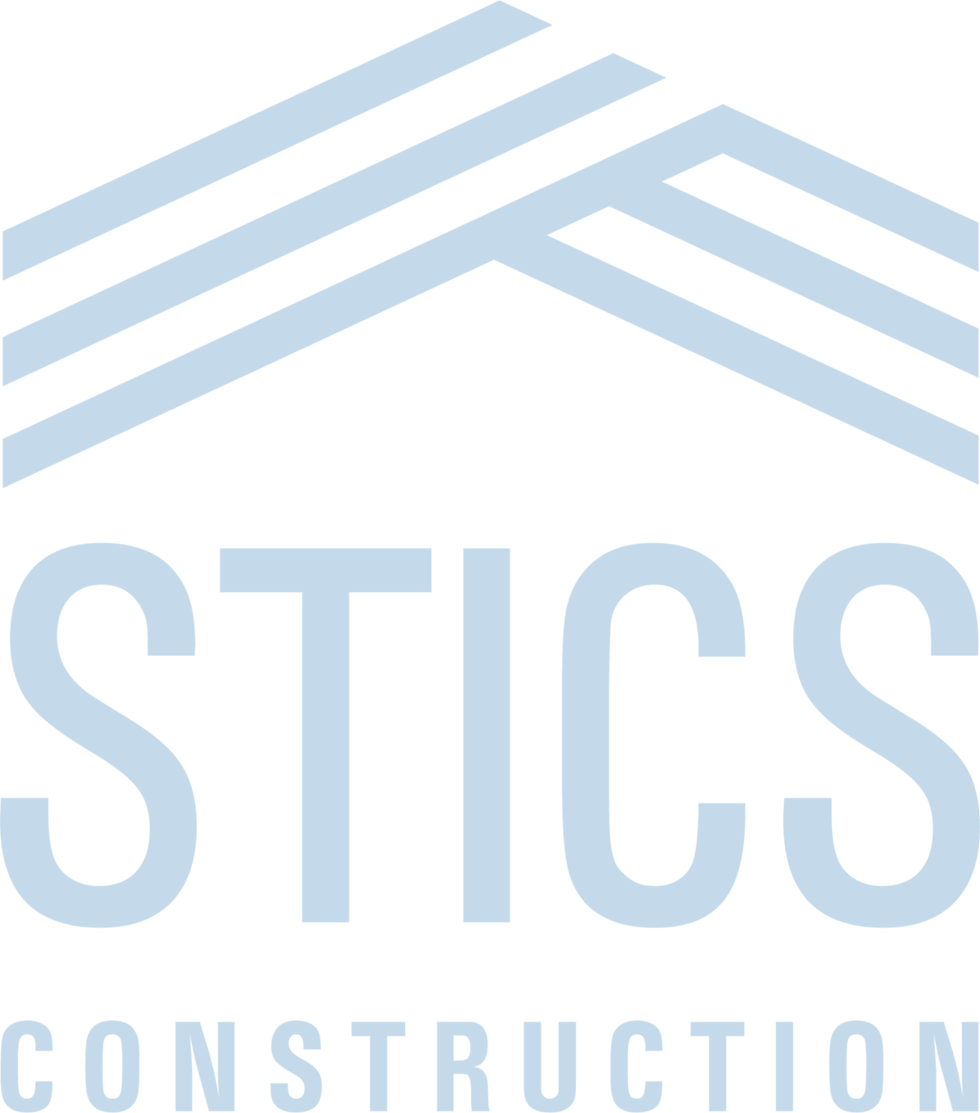Unlocking Value: The 2023 Guide to Choosing the Best Energy-Efficient Residential Doors
When considering renovations or upgrades to enhance your home's energy efficiency, one of the most impactful decisions you can make is selecting the right residential doors. The modern homeowner is increasingly aware of the importance of energy-efficient solutions, not only for reducing utility bills but also for promoting sustainability and comfort within their living spaces. With a multitude of door styles, materials, and insulating technologies available in 2023, understanding the key factors that define an energy-efficient residential door is essential. This guide aims to unlock the value of your investment by providing detailed insights into how to choose the best residential doors that not only contribute to a greener environment but also enhance the overall aesthetic and functional appeal of your home. As we delve into the latest trends and options, you'll gain clarity on making informed decisions that align with your energy efficiency goals.

Understanding Energy Efficiency in Residential Doors
Energy efficiency is a crucial factor to consider when selecting residential doors, as it directly impacts both home comfort and energy bills. High-quality doors with proper insulation can significantly reduce heat transfer, helping to maintain a stable indoor temperature year-round. This is particularly important in regions with extreme weather conditions, where drafts from poorly sealed doors can lead to higher heating and cooling costs. The use of advanced materials such as fiberglass and steel, which offer better insulating properties compared to traditional wood, can enhance energy efficiency and contribute to overall home performance.
Understanding the energy efficiency ratings of doors is essential for making informed decisions. Doors are often rated using the U-factor, which measures the rate of heat loss, and the Solar Heat Gain Coefficient (SHGC), which indicates how much solar heat passes through the door. Selecting doors with lower U-factor and SHGC values ensures that your home remains comfortable without over-relying on heating and cooling systems. Additionally, features such as double or triple glazing, low-emissivity (low-E) coatings, and effective weatherstripping can further enhance the energy performance of residential doors, making them a vital component of any energy-efficient home.
Key Features to Look for in Energy-Efficient Doors
When selecting energy-efficient residential doors, several key features should be at the forefront of your decision-making process. First, look for doors with a high R-value, which indicates superior insulation properties. A door with a high R-value minimizes heat transfer, helping to maintain a consistent indoor temperature and reducing energy costs. Additionally, consider the material of the door; materials such as fiberglass or insulated steel offer excellent thermal performance compared to traditional wood doors.

Another crucial aspect to evaluate is the sealing of the door. Weatherstripping plays a vital role in preventing drafts and enhancing energy efficiency. Ensure that the door has top-quality weather-resistant seals, which can significantly reduce air leakage. Furthermore, look for doors with dual or triple glazing if you opt for glass elements, as multiple layers of glass provide better insulation. By focusing on these key features—R-value, material, and sealing—you'll be well on your way to choosing the best energy-efficient doors for your home.
Comparing Materials: Wood, Fiberglass, and Steel Options
Choosing the right material for residential doors is crucial not only for aesthetics but also for energy efficiency. In 2023, three popular options stand out:
wood,
fiberglass, and
steel.
Wood doors offer a classic appeal with natural insulation properties, making them a good choice for enhancing energy efficiency. However, they require regular maintenance to prevent warping and decay.

Steel doors, on the other hand, are known for their strength and security features. They often come with insulation, providing great energy efficiency, though they may lack the aesthetic warmth of wood. When selecting a door, consider not only the material's properties but also how each material aligns with your home's overall design and energy efficiency goals.
Tips:
- Evaluate the door's R-value, which indicates its insulation effectiveness—higher values mean better energy efficiency.
- Consider the climate in your area, as some materials may perform better under specific weather conditions.
Assessing Cost vs. Long-Term Savings on Energy Bills
When it comes to choosing energy-efficient residential doors, homeowners must weigh the upfront costs against the long-term savings on energy bills. According to the U.S. Department of Energy, energy-efficient doors can reduce heating and cooling costs by 10-15% annually, translating to significant savings over time. For instance, a typical family spending around $2,000 on energy bills each year could save $200-$300 just by investing in quality doors that meet Energy Star standards.
Moreover, the initial investment in high-performance doors often pays off through improved insulation and decreased energy consumption. A report by the National Association of Home Builders indicates that homeowners can recoup up to 85% of their investment on energy-efficient renovations at resale. With advancements in materials, such as fiberglass and insulated steel, choosing the right door not only enhances the aesthetic appeal of a home but also contributes to lower utility expenses and increased property value, underscoring the importance of considering both cost and savings in your decision-making process.
The Impact of Proper Installation on Door Efficiency
Proper installation of residential doors plays a critical role in maximizing energy efficiency, as leaks and poor fitting can significantly undermine even the most energy-efficient doors. According to industry reports, up to 30% of heating and cooling energy can be lost through inadequately sealed or installed doors. This not only leads to increased energy bills but also places additional strain on HVAC systems, resulting in higher maintenance costs over time. Homeowners must prioritize professional installation to ensure doors fit snugly and function optimally.
Additionally, recent studies highlight the importance of integrating storm doors into the overall efficiency strategy. Storm doors not only provide an extra layer of protection against harsh weather but also improve insulation and ventilation. Data indicates that homes with storm doors can see a reduction in energy costs by as much as 20%, further enhancing the benefits of energy-efficient residential doors. By making informed choices and ensuring proper installation, homeowners can unlock significant long-term savings and comfort.
